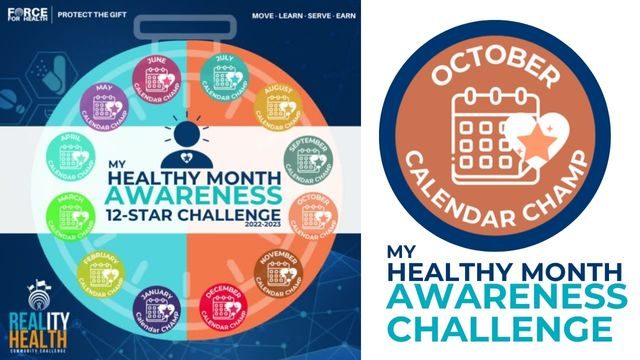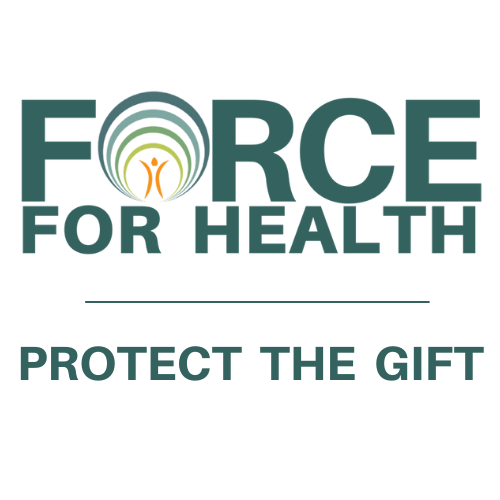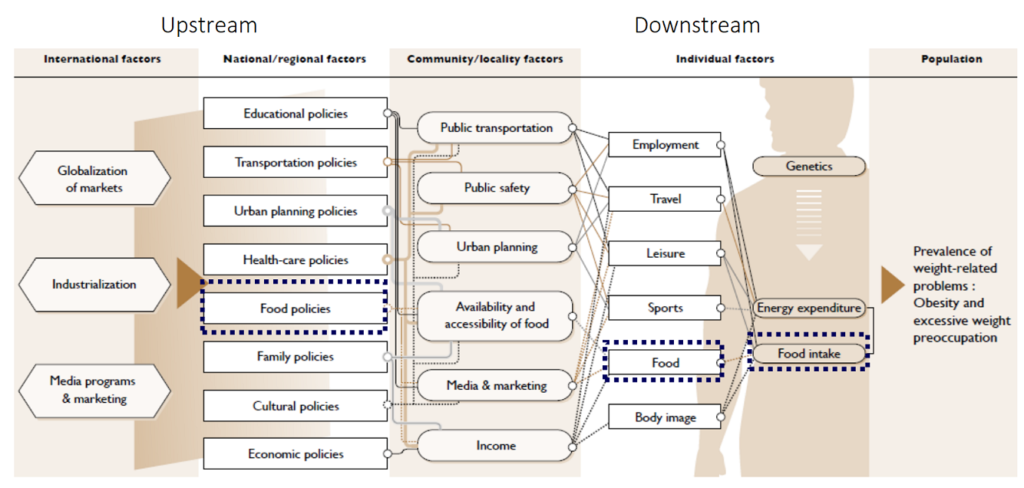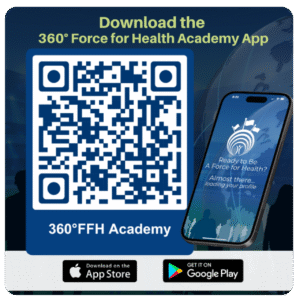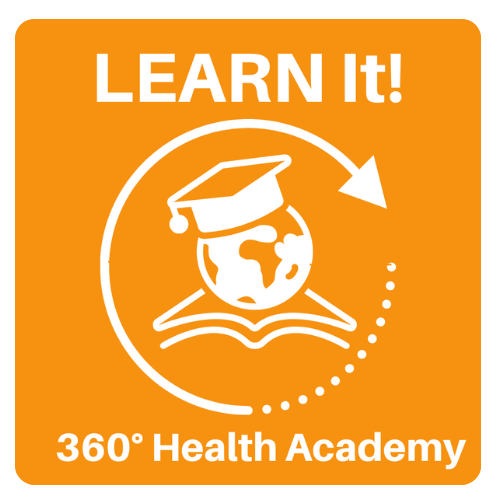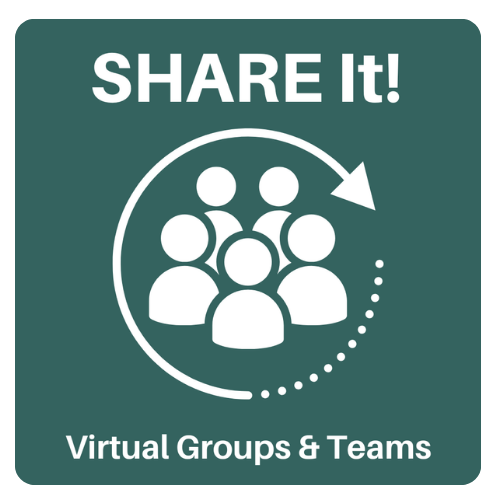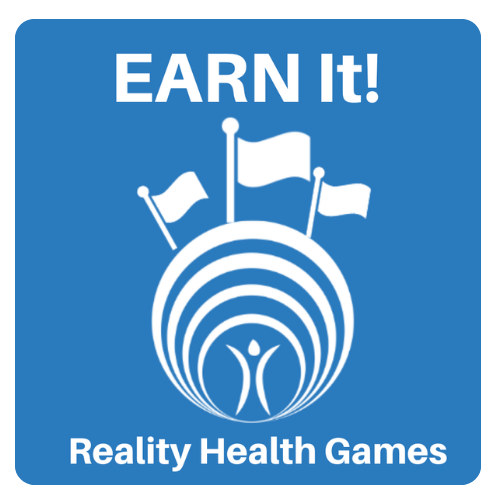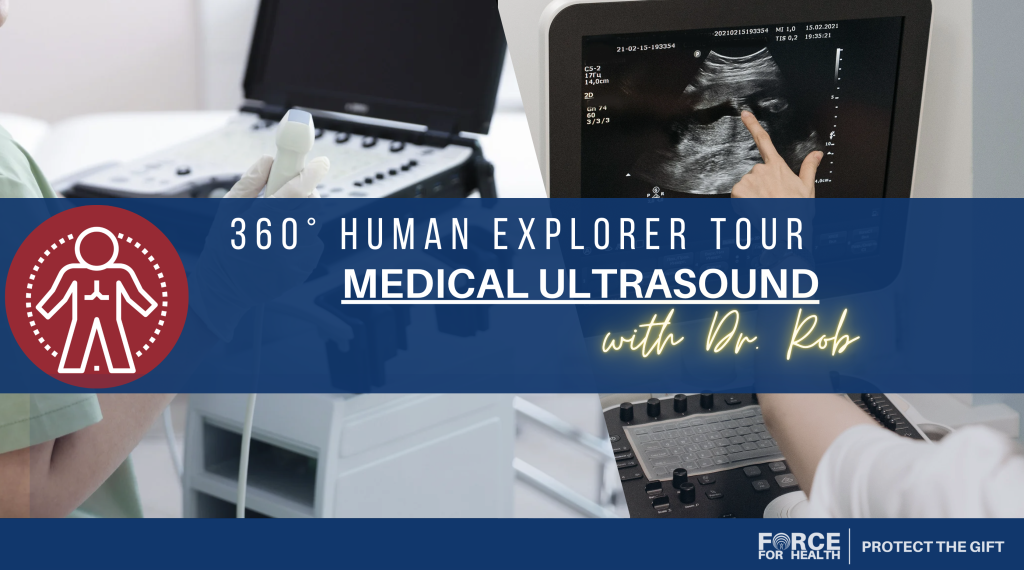
Medical Ultrasound: 360 Human Explorer with Dr. Rob
A safe and useful tool for structural diagnosis
Learn it:
This tool can help determine hard and soft solid structures from liquids and makes a picture that helps clinicians figure out what to do next. Listen as Dr. Rob describes this role.
Live It: Stay and Play
Dr. Rob’s Video Transcript
Hi, it’s Dr. Rob Gillio. This is Medical Ultrasound Awareness Month, and I’m excited to share more about a tool I truly value in medicine. Ultrasound is a remarkable diagnostic technique that doesn’t involve radiation and provides clear, real-time images of the inside of the body. One example is imaging the thyroid gland. When a doctor feels a lump in the neck, it can be difficult to tell if it’s a solid nodule or a fluid-filled cyst. Ultrasound can make that distinction with clarity and ease.
Ultrasound works by using a handheld probe that emits sound waves. These waves travel into the body and reflect off structures—solid, soft, or liquid—creating echoes that form images on a screen. The nature of the echo changes depending on the type of tissue, which makes ultrasound highly effective for diagnostics. In addition to viewing internal structures, ultrasound also helps guide procedures like biopsies. For instance, if a suspicious nodule is discovered, the physician can use ultrasound to guide a needle precisely to the target for sample collection.
Breast imaging is another common use of ultrasound. While a mammogram may show areas of concern, ultrasound helps clarify what those areas are. A fluid-filled cyst will appear as a dark area because the sound waves pass through it without bouncing back—suggesting it’s benign. Solid areas, on the other hand, reflect sound waves and may require further investigation. This added layer of information can prevent unnecessary procedures and reduce anxiety for patients.
Ultrasound is also widely used to examine the prostate. If a CT scan or physical exam reveals nodules, a small rectal probe can be used to visualize the prostate. This allows the physician to guide biopsies accurately. While it may seem uncomfortable, it’s minimally invasive and extremely useful in diagnosing prostate conditions early.
Perhaps the most well-known application of ultrasound is during pregnancy. From early on, it helps monitor fetal development—checking for heartbeat, fingers, toes, organ formation, and more. The amniotic fluid appears black on ultrasound because, like other fluids, it doesn’t reflect sound waves. In contrast, the baby’s bones and organs do, allowing us to see features like the nose, chin, eyes, and limbs. These images are not just valuable for medical assessments—they also create unforgettable moments for expectant families.
Beyond diagnostics, ultrasound can even be therapeutic. In physical therapy, it’s used to deliver deep heat into muscles that are sore or in spasm—especially those in hard-to-reach areas like the lower back. This can relieve pain and promote healing when massage or other treatments may not be effective.
Ultrasound is a versatile, safe, and cost-effective tool that plays a central role in modern healthcare. It’s also a fantastic career option. With just a couple of years of training, individuals can become sonographers, earning good salaries and working in fulfilling environments—whether helping pregnant moms, guiding critical procedures, or providing insight into complex medical conditions.
Now that you understand more about how ultrasound works, remember to speak up. If your doctor is uncertain about whether a lump is a cyst or something else, ask if ultrasound might help. Your voice might prompt the use of a safe, effective solution that could make a big difference.
Be a Force for Health—stay informed, ask questions, and consider ultrasound not only as a powerful tool in medicine but also as a meaningful career path
Share it:
Share your knowledge and don’t hesitate to ask more about how to become an ultrasound technician. If your doctor has a question about a structure, suggest they get an ultrasound and see what they think. There is no radiation from this technique.
Call to Action
Visit the Force for Health 360° Virtual Health Academy to learn more about health literacy and take charge of your own well-being. Click on the images below to go to the October Healthy Month Challenge.

